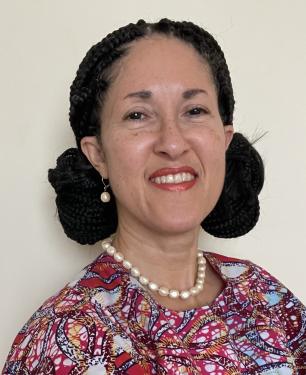 Dear Friends of WCW:
Dear Friends of WCW:
Happy New Year! I hope that your winter break was restful and rejuvenating. With a wrap on 2023, we leap headlong into 2024 with a sense of renewal and openness to what lies ahead. Our 2023 Research & Action Report highlighted some of our accomplishments from the previous year, as well as some of the new projects we are just starting. From our work to evaluate Planned Parenthood’s new sex ed curriculum to a new study of what home-based child care providers need to survive, we are excited about what is on the horizon—including a project that’s particularly close to my heart.
At the end of this week, I’ll be traveling to Liberia to train student intern data collectors for the Higher Education for Conservation Activity (HECA), a program funded by the United States Agency for International Development (USAID). My role on this project is Gender Equality and Social Inclusion Lead, and my work ensures that more women, youth, people with disabilities, and people from rural, forest-dependent communities can participate in higher education programs related to forestry, biodiversity, and conservation. Liberia contains the largest remnant of the disappearing Upper Guinean Rainforest, and we are trying to train more people to take care of it, for the benefit of all. It is important that women's unique experiences, perspectives, and ideas inform this effort, along with those of others who have been sidelined in the past. To be involved with an effort to stem climate change is new for WCW, and I'm excited that I can represent both WCW and the College on this larger team effort. Stay tuned for a travelogue on Women Change Worlds in February!
Like many of you, I am tuned in to the world around us, and watching closely what 2024 might bring. For one thing, this is a presidential election year, which could affect us profoundly by shaping the conditions of our work, including government funding streams. Secondly, there are still multiple wars going on in the world, and how we show up for peace and justice, whether individually or institutionally, as a women-led, social justice, research and action organization, will be important. What's more, climate change is likely to continue to affect the weather and a whole lot more, and how we weigh in on this consequential topic will be an area of emerging importance. Last but not least, artificial intelligence (AI) is the new kid on the block, and we are just beginning to understand what new issues it will raise, affecting gender equality, social justice, and human wellbeing as it evolves in ways we can scarcely imagine today. I’m sure you can think of many other things to add to this list. It is a time of converging grand challenges, but that has never scared WCW! We are on it!
As we begin this year, I am thankful for all of you and all you do to support WCW. However grand the challenges may be, it is always the small, local, everyday actions that give solutions life and make change sustainable. And it is also our interventions on the discourses of society—the ways in which we make sure WCW's research and action is heard and considered by wider audiences—that have the potential to change hearts and minds and structures of power in a positive, humane direction. Your material support of our work makes it sustainable and increases its power to influence change. In the famous words of an African philosopher, “I am because we are, and because we are, I am.” Thank you!
Happy 2024,
Layli
Layli Maparyan, Ph.D., is the Katherine Stone Kaufmann ’67 Executive Director of the Wellesley Centers for Women at Wellesley College.


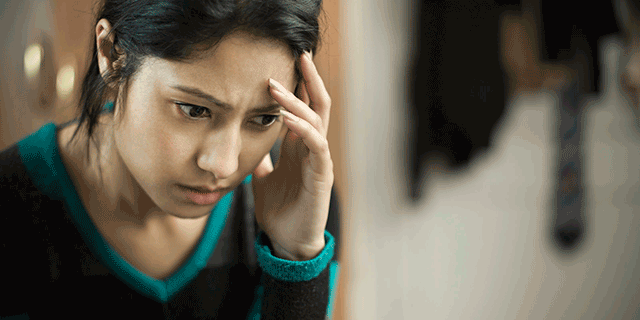 Depression is Prevalent but Prevention Programs Are Limited
Depression is Prevalent but Prevention Programs Are Limited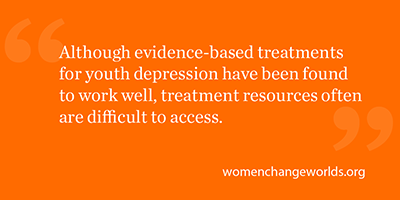 Approaches & Recommendations
Approaches & Recommendations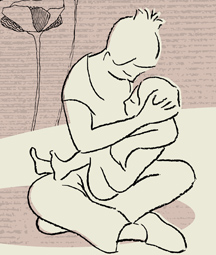
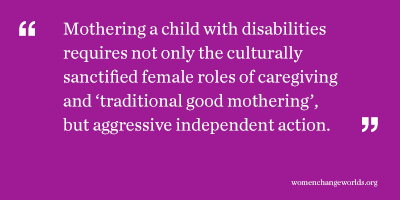 But for a single mother, even this culturally permissible deviance is insufficient. My life with Amy is different from the lives of most of my colleagues and friends. I could not provide emotional, physical and financial support for Amy without re-envisioning motherhood. Amy and I have lived with a shifting assortment of male and female students, single women as well as married women with children. Work for me is not possible without round the clock care for Amy. This is true for all mothers and children, but it is a need that is normally outgrown. Not so in our case. Amy fuels my passion for feminist solutions; not simply for childcare, but for policy issues across the board. I know first hand too many of the dilemmas confronting women, from the mostly invisible, predominately female workers who care for others in exchange for poverty level wages to successful business women struggling to be perfect mothers, perfect wives and powerfully perfect CEOs.
But for a single mother, even this culturally permissible deviance is insufficient. My life with Amy is different from the lives of most of my colleagues and friends. I could not provide emotional, physical and financial support for Amy without re-envisioning motherhood. Amy and I have lived with a shifting assortment of male and female students, single women as well as married women with children. Work for me is not possible without round the clock care for Amy. This is true for all mothers and children, but it is a need that is normally outgrown. Not so in our case. Amy fuels my passion for feminist solutions; not simply for childcare, but for policy issues across the board. I know first hand too many of the dilemmas confronting women, from the mostly invisible, predominately female workers who care for others in exchange for poverty level wages to successful business women struggling to be perfect mothers, perfect wives and powerfully perfect CEOs.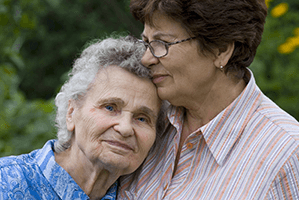
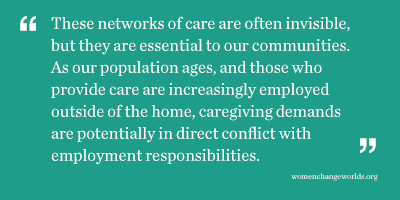 way that one sees and recognizes the need for care – and “caring for” – responding to other’s needs by taking responsibility for initiating caring activities
way that one sees and recognizes the need for care – and “caring for” – responding to other’s needs by taking responsibility for initiating caring activities 